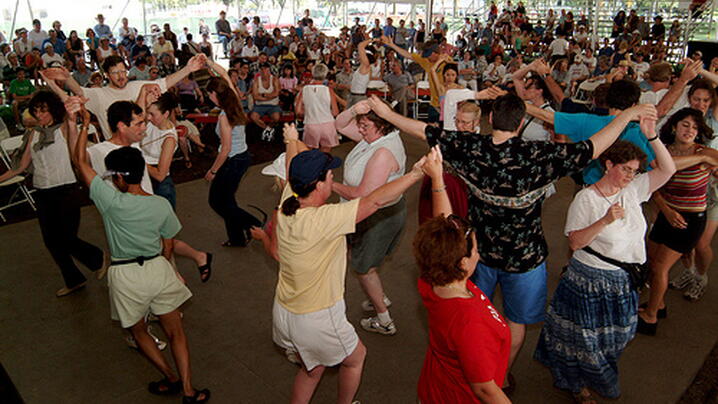
With the Fourth of July approaching, events like concerts and fireworks serve not only to bring the community together but also to stimulate economic growth. The three-day “Hangout Music Festival” hosted by Gulf Shores, Alabama, for example, may have had an economic impact of more than $30 million on the city. 35,000 people came to attend the festival, and spent money in the area by filling up restaurants, bars and lodging. The impact was also felt by neighboring areas as traffic increased to other beaches and shopping districts. While tourist spending benefited the community, the organizers admitted that the challenge of managing an influx of people for three days was an area that needs improvement. Collaboration with the community is underway to find ways to improve management and the overall experience of such large-scale festivals, and the city has several different festivals lined up for the coming holidays.
Tourists result in an increase in consumption which benefits locals and contributes significantly to economic development. Place-based events and local traditional sites can be used as assets in developing a brand image for the city. The Hangout Music Festival and similar events, often done in conjunction with private- public partnerships, can merge the community’s image with local culture creating an attractive “package” for tourists and investors.
However, with current local government budget constraints, economic impact studies of special events and recreation facilities have become increasingly important to justify this allocation of public funds. An article from the Journal of Travel and Research stresses the importance of a framework of analysis to understand the true economic impact of tourists events. This includes examining the expenditures from residents vs. visitors and expenditures made within the region vs. outer areas, and expenditures incurred by agencies like local governments, and sponsors and finally, the reason for expenditure being place based or activity related. These distinctions can facilitate the understanding of actual impact of events and help local authorities examine how possible benefits can be accrued by providing certain facilities or services locally.
Another concern jurisdictions face with such activities is the maintenance of facilities like city parks and gardens used to host large-scale events. The responses to a question on the Knowledge Network provide the common practices of various jurisdictions to ensure that event sites are restored adequately. Sometimes, when public spaces double as event sites, access for regular visitors can become an issue. A member writes that in Portland, Oregon, the Parks and Recreation Bureau limits the frequency of large public events so as to allow time for proper maintenance as well as ensure that regular visitors are able to access the parks on event days for at least a few hours.
The Knowledge Network also contains policies and case studies from various jurisdictions on special events.
- The Special Events Policy from the City of La Porte, Texas provides administration procedures of the Parks and Recreations Department including the application process to hold events.
- The Nomination for Community Partnership Award for the City of Peoria, Arizona discusses the City’s inclusive image and the Adaptive Recreation Program that collaborated with Special Olympics to provide recreational services to people with disabilities.
- The City of Farmers Branch, Texas Holiday Tour of Lights describes an initiative undertaken to increase tourism by decorating the downtown with lights and partnering with non profits for supporting funds.
For more good practice regarding Special Events, Parks and Recreation, Parks and Recreation Management visit the topic pages.
New, Reduced Membership Dues
A new, reduced dues rate is available for CAOs/ACAOs, along with additional discounts for those in smaller communities, has been implemented. Learn more and be sure to join or renew today!
